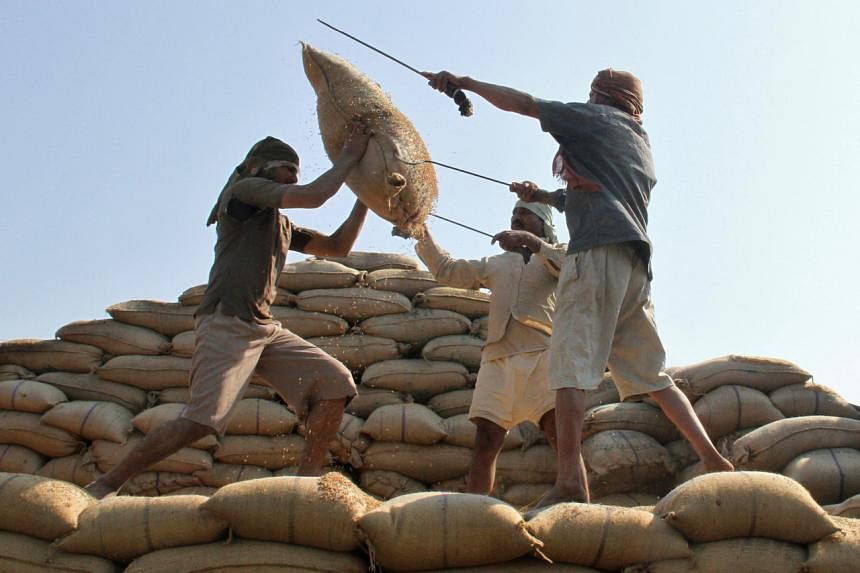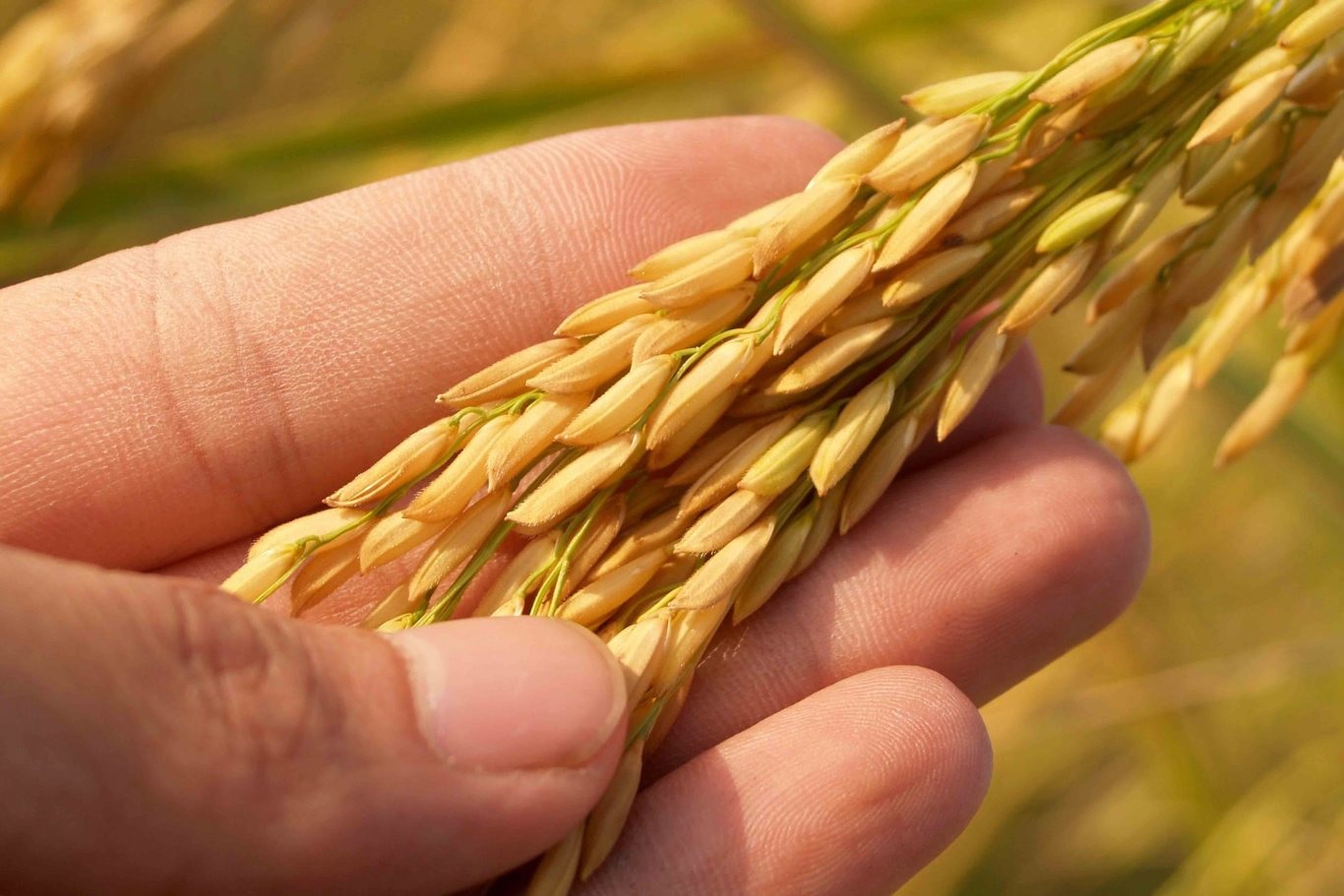Sri Lanka’s Rice Crisis: Can Government Intervention Prevent a Major Shortage?
Sri Lanka is facing a looming rice shortage. Heavy floods have damaged key paddy fields, with nearly 30% of cultivated land affected, and the government is scrambling to prevent a full-blown crisis. The Department of Agriculture estimates that over 150,000 metric tons of rice could be lost this season. While emergency measures have been put in place, can they truly solve the problem, or will Sri Lanka face the same struggles as other countries battling rice shortages?

Why is Sri Lanka Running Low on Rice?
The country has already been dealing with a shortage of Nadu rice, a locally produced staple, due to strict price controls. But now, things are getting worse. Floods have hit major rice-producing regions, with estimates indicating a 20% reduction in upcoming harvests. In response, the government has decided to amend the 54-year-old Paddy Marketing Board Act to crack down on illegal rice hoarding. Raids on stockpiles have already led to the seizure of over 3,000 metric tons of rice from private traders.
The law, originally passed in 1971, was designed to help regulate rice production and distribution. But with new challenges in the market, officials believe urgent changes are needed to monitor how rice is collected and stored. A new licensing system will be introduced to prevent traders from stockpiling supplies and artificially inflating prices.
How Does This Compare to Other Countries?
Sri Lanka is not alone in this crisis. Other nations are also struggling with rice shortages:
- The Philippines is facing a similar crisis due to Typhoon Doksuri, which wiped out 22% of its annual rice production, amounting to 750,000 metric tons. The government has responded by increasing imports by 1.3 million metric tons, imposing price ceilings, and offering subsidies to farmers.
- India, the world’s largest rice exporter, has exacerbated the situation for importing countries by restricting exports to control domestic prices. This has removed nearly 10 million metric tons of rice from the global market, leading to a 15% price increase in major importing nations, including Sri Lanka.
- Indonesia and Malaysia are also feeling the pressure. With supply chains disrupted, these countries have turned to alternative sources like Thailand and Vietnam, which have increased export prices by 12% due to rising global demand.
Will Sri Lanka’s Government Measures Work?
The government’s intervention may bring short-term relief, but there are concerns about its long-term effectiveness. Price controls and hoarding crackdowns could ease the immediate shortage, but they may also discourage traders from distributing rice efficiently. The Philippines, for example, found that price ceilings disrupted supply chains and led to a 10% drop in market availability.
Another issue is Sri Lanka’s reliance on imports. While importing rice can fill the gap for now, it makes the country vulnerable to global market changes, especially with India restricting exports. The real solution lies in boosting local production through better irrigation, flood-resistant farming, and financial support for farmers. The Ministry of Agriculture has announced a $50 million program to subsidize seed distribution and modernize irrigation systems, but experts warn that it could take at least two years to show results.

What Happens Next?
Sri Lanka’s rice shortage is a warning sign of deeper problems. Climate change, global supply issues, and policy decisions are all playing a role in food security. While government actions can provide temporary relief, the long-term solution lies in strengthening local agriculture. Without that, Sri Lanka may continue to face recurring rice shortages in the future.
For now, the country watches closely, hoping these interventions will be enough to keep rice on the table.







